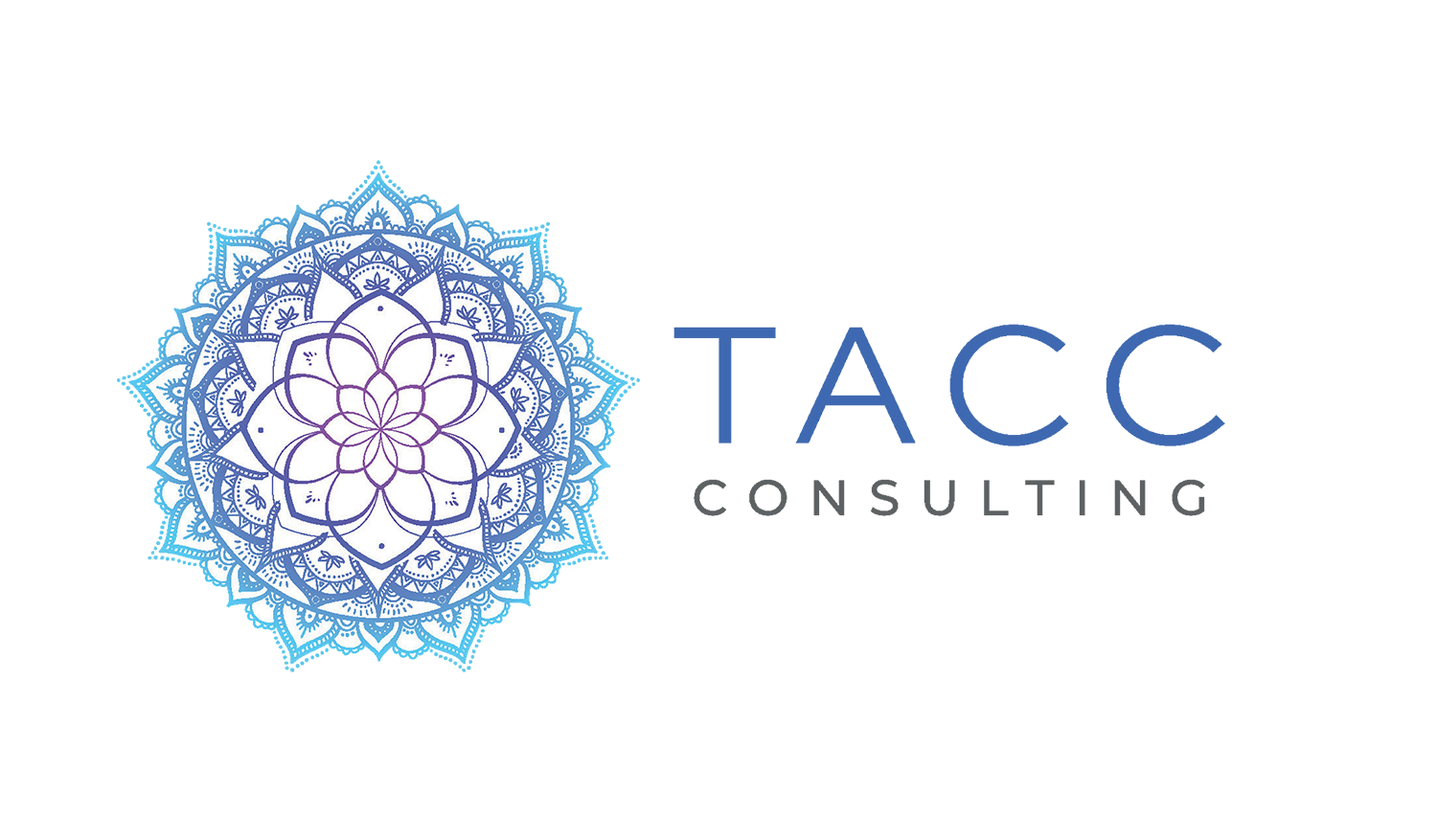The Hidden Curriculum: Teaching Emotional Regulation in the Classroom
The Hidden Curriculum: Teaching Emotional Regulation in the Classroom
When we think about school curriculum, we often picture lesson plans, academic standards, and state-mandated benchmarks. Our teachers are taking on more responsibility than ever before. Nevertheless, beyond the textbooks and standardized tests lies another curriculum—one that isn’t explicitly taught but is equally (if not more) important. It’s the hidden curriculum—the unspoken lessons students absorb about behavior, relationships, and self-regulation. And when it comes to emotional regulation, this hidden curriculum can make or break a child’s ability to thrive in and beyond the classroom.
What is the Hidden Curriculum?
The hidden curriculum consists of the social and emotional norms, expectations, and skills that students pick up through daily interactions. It includes how conflict is managed, how emotions are expressed (or suppressed), and how adults model handling stress, frustration, and disappointment.
For students to develop emotional regulation—the ability to understand, express, and manage emotions in a healthy way—educators must recognize that these lessons are being taught all the time, whether intentionally or not.
Why Emotional Regulation Matters in Schools
Emotional regulation isn’t just about keeping the peace in the classroom. It’s about giving students the skills to handle life’s ups and downs. When students struggle with emotional regulation, we see more disruptions, increased behavioral challenges, and disengagement from learning. Conversely, when students learn to regulate their emotions, they develop resilience, improve peer relationships, and enhance their ability to focus and succeed academically.
A Shift in Perspective
Too often, emotional regulation is treated as something separate from academics—an add-on rather than an essential skill. But in reality, it’s the foundation for all learning. A student who is dysregulated cannot absorb information effectively. By embracing emotional regulation as part of the hidden curriculum, educators can create classrooms where students feel safe, seen, and ready to learn.
These lessons extend far beyond school walls! When students learn how to manage their emotions in the classroom, they take those skills with them into friendships, future jobs, and lifelong relationships. That’s the kind of curriculum that truly matters. 😀
